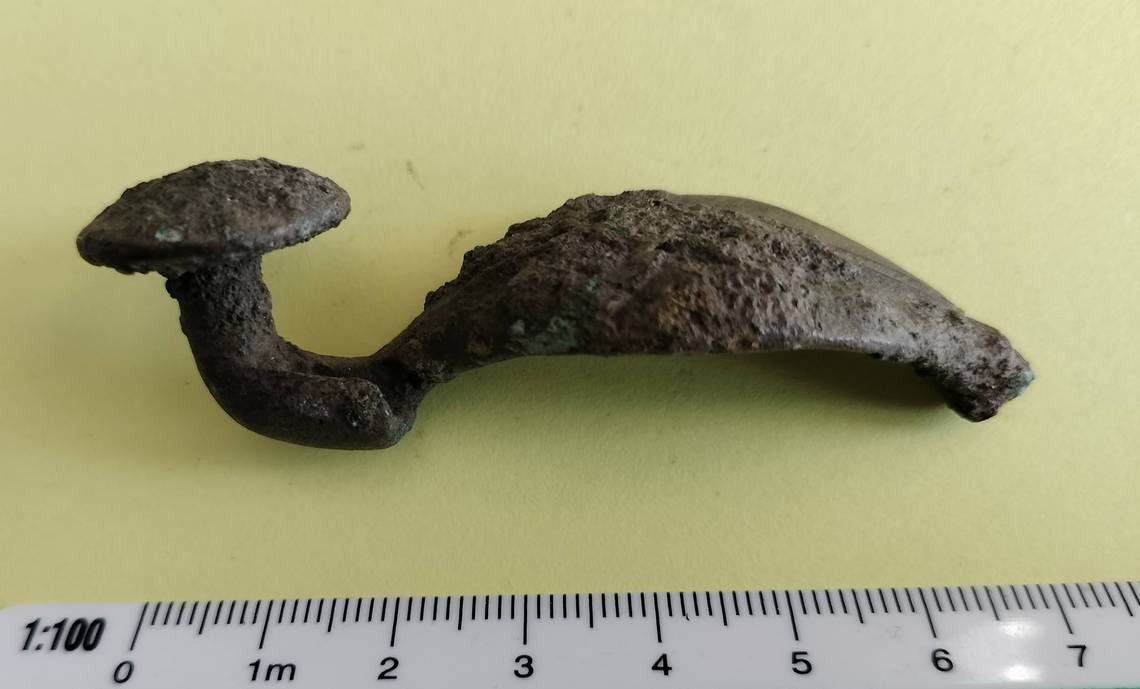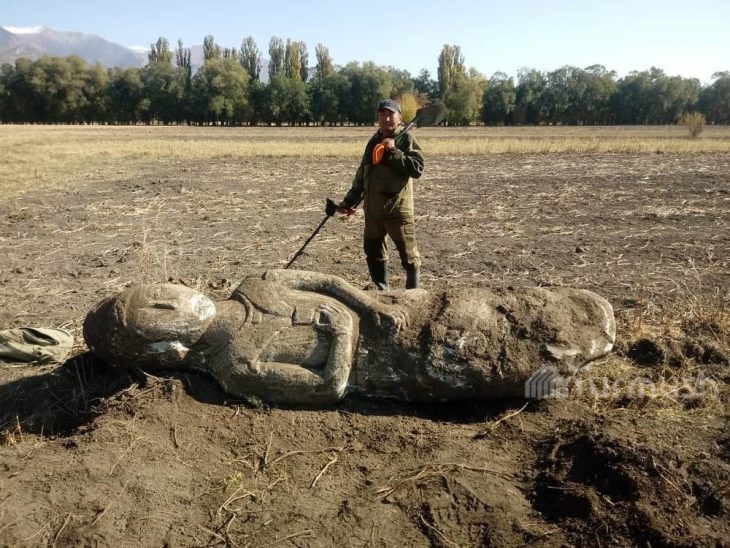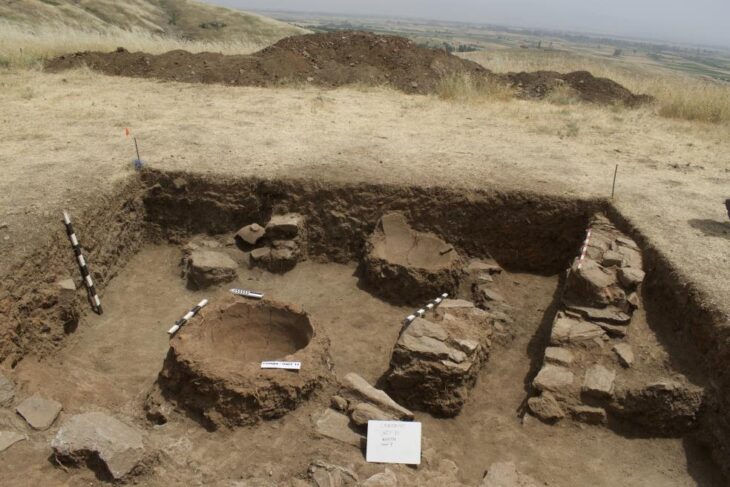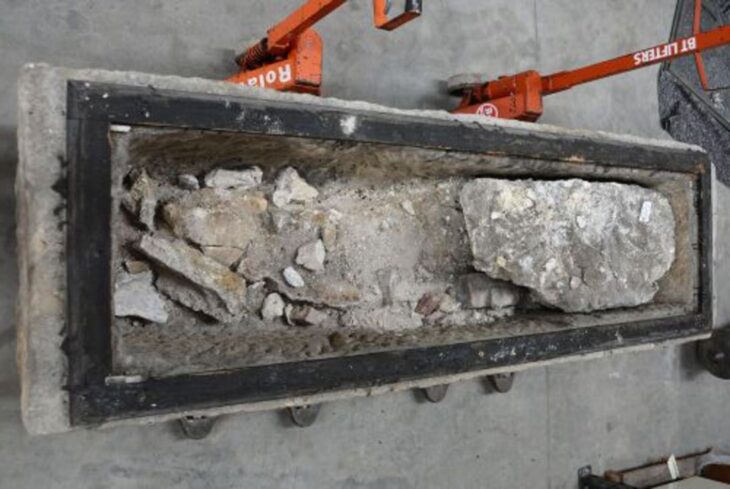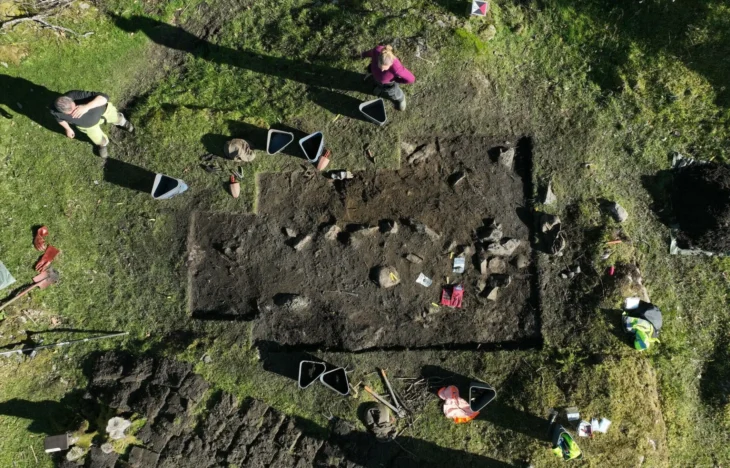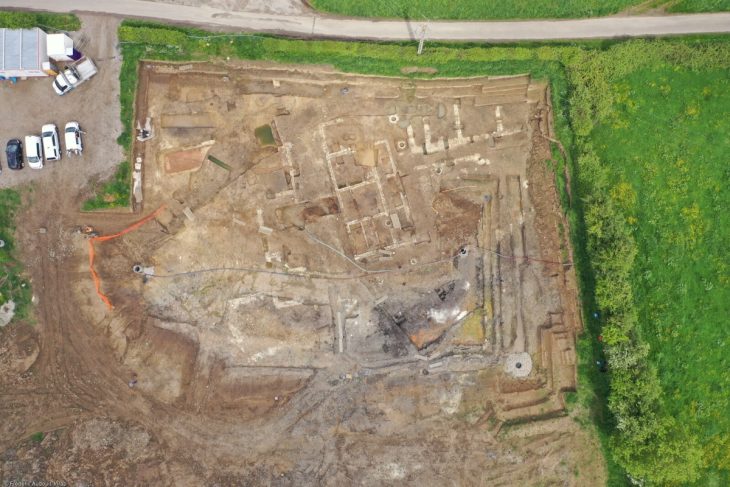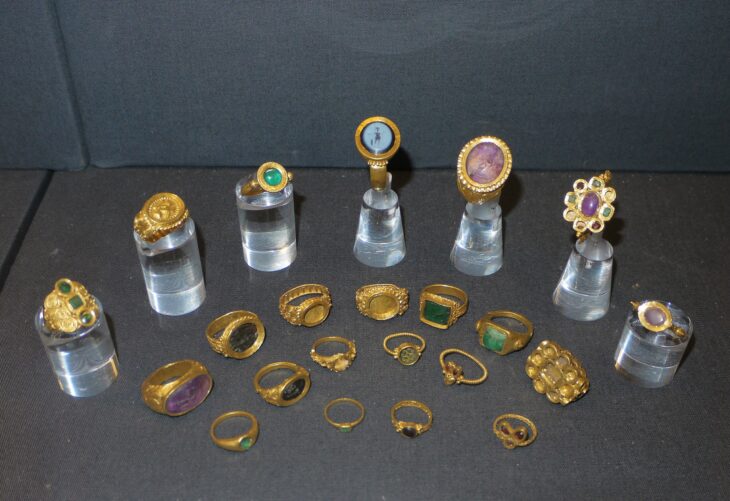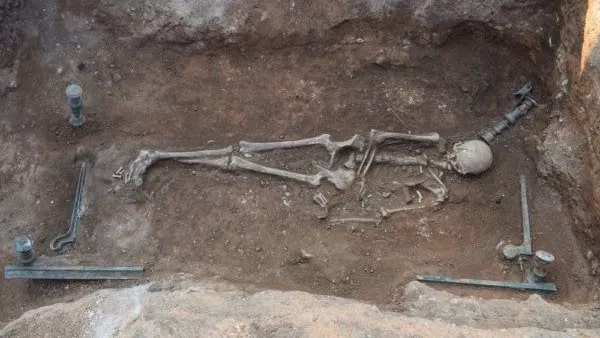A metal detectorist, who chose to remain anonymous, uncovered three artifacts, including a massive fibula, i.e. a bronze brooch dating back 2,500 years, while searching a site near the village of Śniatycze in the Lublin Voivodeship in south-eastern Poland. This is the fifth discovery of its type in the country.
The fibula is 7 cm long and the maximum width of the bow is 2.4 cm. It has two distinct sections: a mushroom-shaped end and a parachute-shaped end. There is a visible decoration on the upper surface of the bow, at the end there is a sheath for a fastening needle and a convex bump above it.
Analyses show that the decorations on the brooch belong to the Lusatian culture and date to the last period of this culture, i.e. Hallstatt D (ca. 550-400 BC).
The Lusatian Culture first appeared in the Late Bronze Age, and in the Early Iron Age, it spread throughout most of modern-day Poland, as well as portions of the Czech Republic, Slovakia, eastern Germany, and western Ukraine.
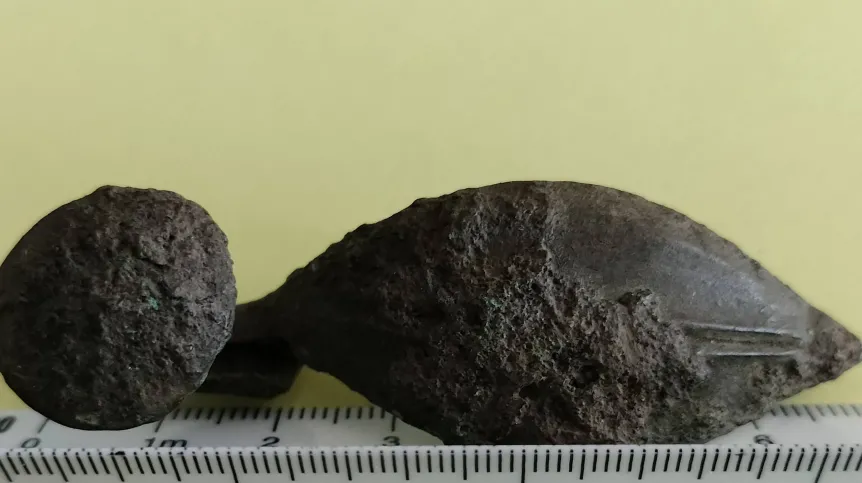
The culture’s name alludes to the Lusatia region of eastern Germany (Brandenburg and Saxony) and western Poland, the site of the first descriptions of “Lusatian-type” burials by German pathologist and archaeologist Rudolf Virchow (1821–1902).
📣 Our WhatsApp channel is now LIVE! Stay up-to-date with the latest news and updates, just click here to follow us on WhatsApp and never miss a thing!!
The people of the culture lived in patriarchal clans and practiced land cultivation, herding, hunting, and fishing. Their bronze-casting and ironworking were highly developed.
‘This find is of great importance to archaeologists. Both from a conservation point of view, because we have a new archaeological site and it may be a Lusatian culture cemetery, and from a research and cognitive point of view’, says Wiesław Koman, an archaeologist from the Zamość branch of the Provincial Office for the Protection of Monuments in Lublin.
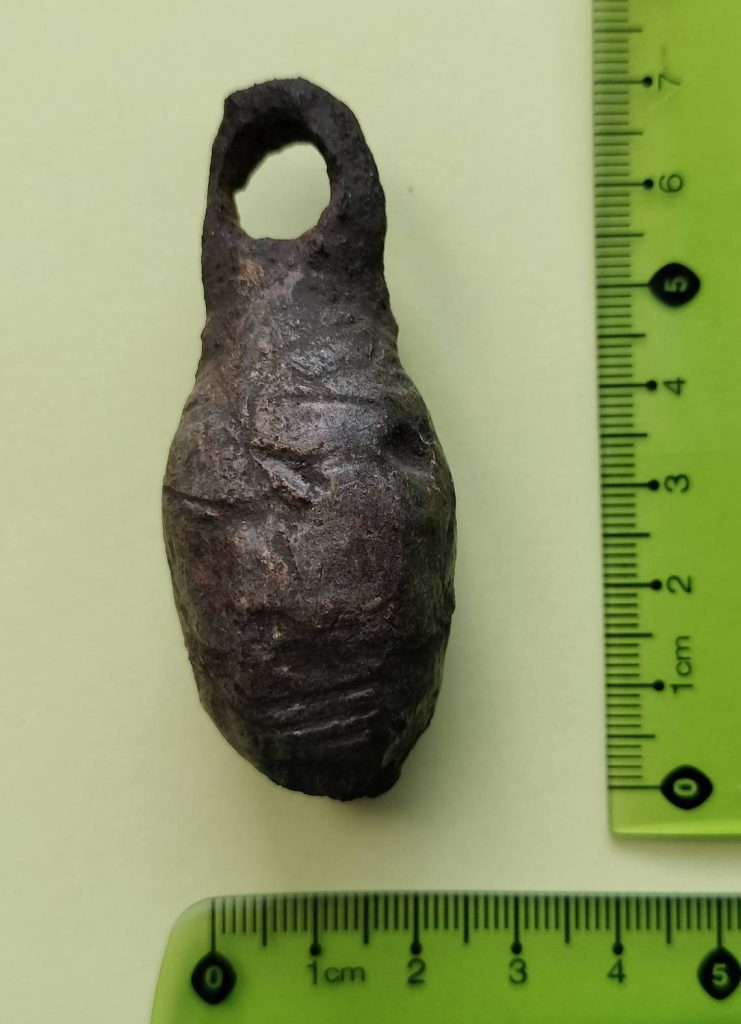
According to archaeologist, fibulae of this type are very rare and occur only in burial places of the Lusatian culture. ‘This is the fifth fibula of this type found in Poland’, Koman says. So far, archaeologists have found three fibulae in the Lusatian cemetery in Kietrz (Opole voivodeship), and the fourth one at the Kraków-Pleszów site (Lesser Poland Voivodeship).
Additionally, two medieval weapons were found by the metal detectorist. One was a throwing weapon dating back 700 years, and the other was a battle ax dating back 500 years, according to experts.
Experts date the flail head, an early medieval weapon, to the 11th-13th century. The object has a rounded body, approx. 7 cm long and approx. 2.7 cm thick, and a large hole for attaching a rope or strap. There are visible signs of damage on its surface.
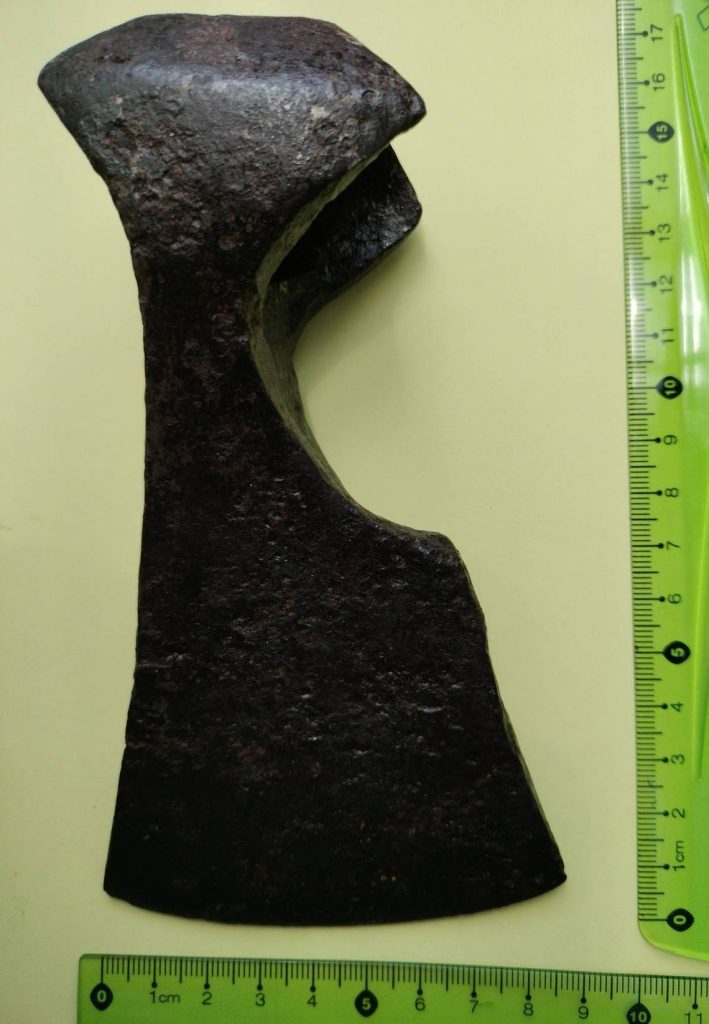
The iron battle axe is dated to the 13th-15th century. The weapon is 15 cm long, and has a slightly arched blade – up to 6.7 cm – and a head measuring 3 by 2.5 cm. Scientists assessed the condition of the axe as very good.
Employees of the Zamość branch of the Provincial Office for the Protection of Monuments are planning to inspect the discovery site and the monuments will soon be transferred to the Zamość Museum.
Cover Image: Lublin Provincial Conservator of Monuments/Facebook

